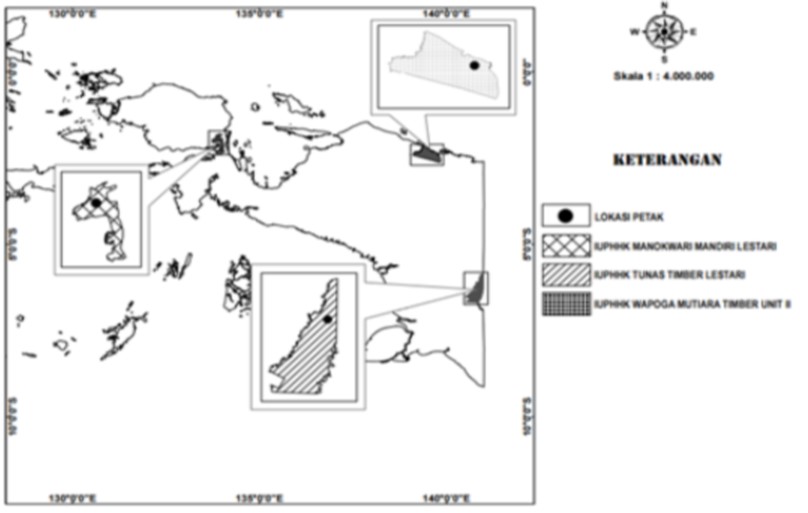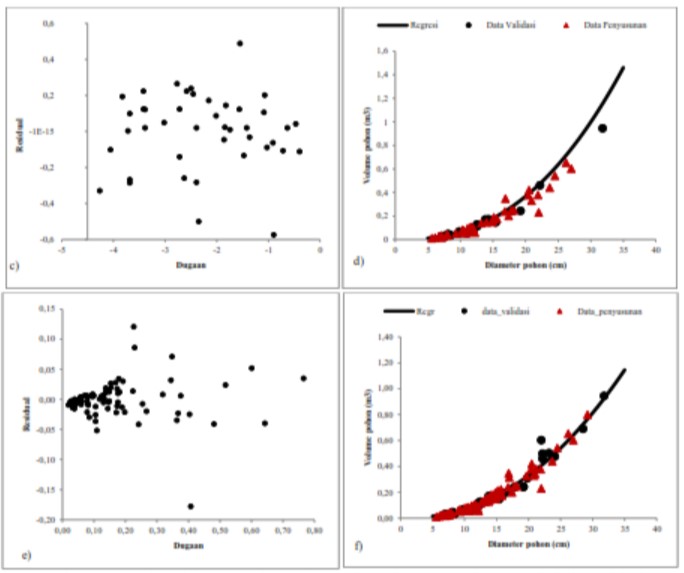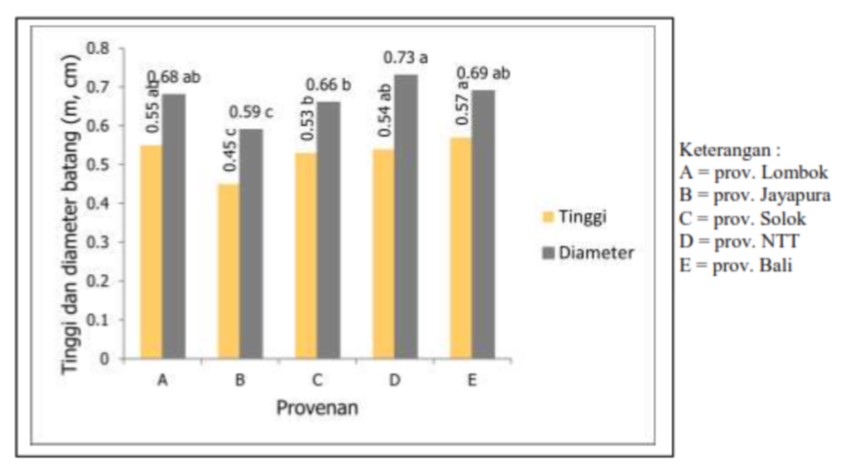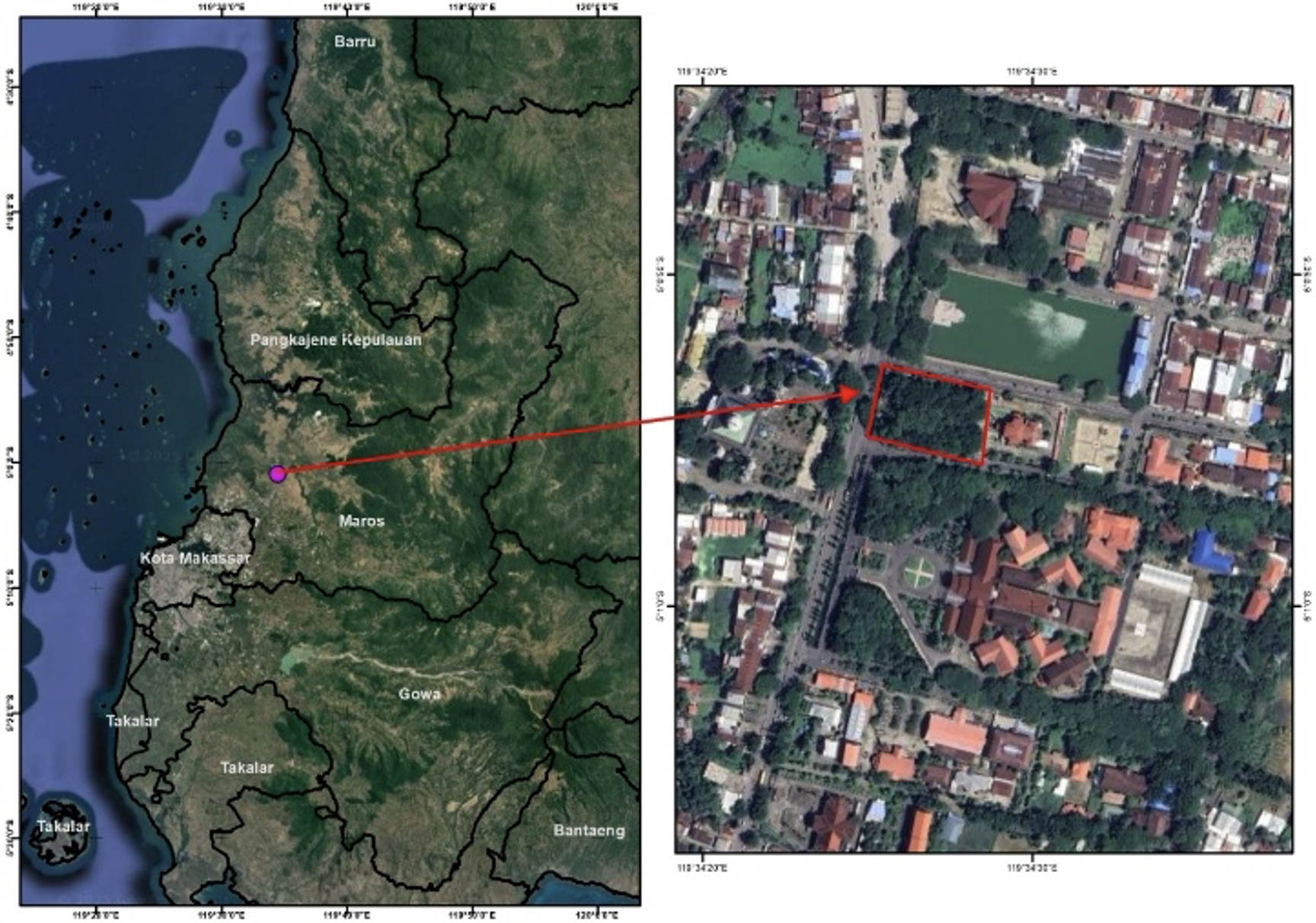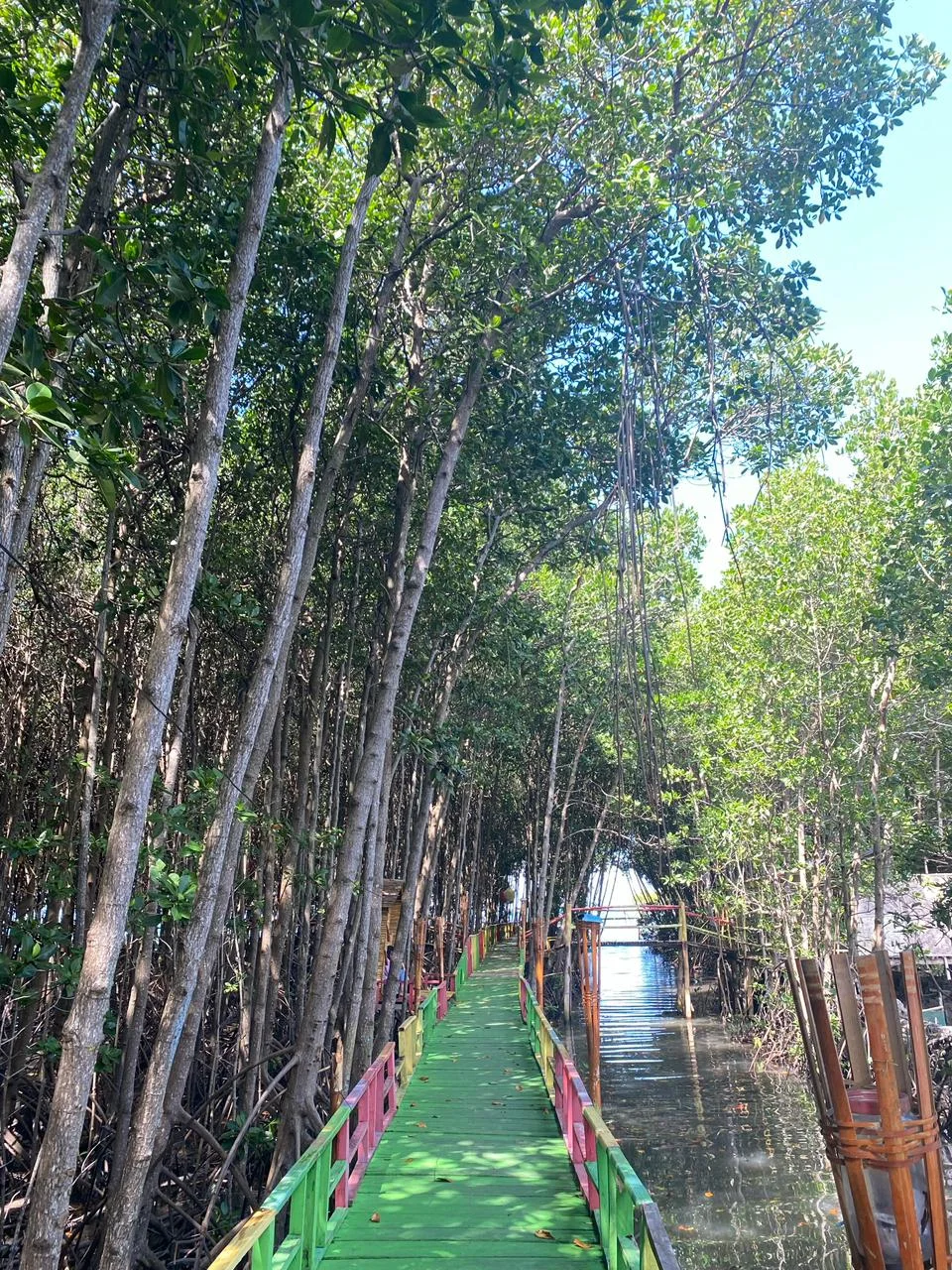Diameter Increment of Remnant Stands in Logged-Over Forest in Papua
Abstract
Diameter increment is an important information used to set silvicultural prescription that plays a crucial role in sustainable forest management. Therefore, this research was aimed to analyze diameter increment of remnant stands in selectively logged forest in Papua. The dataset was acquired from permanent sample plots in logging concessions of PT Tunas Timber Lestari (TTL), PT Wapoga Mutiara Timber (WMT) dan PT Manokwari Mandiri Lestari (MML). The diameter measurements were conducted annually for 6 – 9 years on three 1 ha permanent plots. Diameter increment was calculated by measuring a gap between trees diameter in year t+1 and year t. The results showed that the average diameter increment of commercial species groups in those areas were 0.56 cm/yr, 0.59 cm/yrand 0.65 cm/yr, respectively. These increments were smaller than the increment assumption of Indonesian Selective Logging (TPTI) i.e. 1.00 cm/yr. The diameter increment distribution based on diameter classes showed different patterns among sites. The diameter increment distribution in PT MML and WMT increased with the increasing diameter, otherwise those in PT TTL tend to decrease with the increasing diameter class.
##submission.copyrightStatement##
##submission.license.cc.by-nc4.footer##Copyright and License
All articles published in Wasian Journal are the property of the authors. By submitting an article to Wasian Journal, authors agree to the following terms:
-
Copyright Ownership: The author(s) retain copyright and full publishing rights without restrictions. Authors grant the journal the right to publish the work first and to distribute it as open access under a Creative Commons Attribution 4.0 International License (CC BY 4.0).
-
Licensing: Articles published in Wasian Journal are licensed under a Creative Commons Attribution 4.0 International License (CC BY 4.0). This license allows others to share, copy, and redistribute the material in any medium or format, and adapt, remix, transform, and build upon the material for any purpose, even commercially, provided that proper credit is given to the original author(s) and the source of the material

This work is licensed under a Creative Commons Attribution 4.0 International License. -
Author's Rights: Authors are permitted and encouraged to post their work online (e.g., in institutional repositories or on their website) prior to and during the submission process, as it can lead to productive exchanges and greater citation of published work.
-
Third-Party Content: If your article contains material (e.g., images, tables, or figures) for which you do not hold copyright, you must obtain permission from the copyright holder to use the material in your article. This permission must include the right for you to grant the journal the rights described above.
-
Reprints and Distribution: Authors have the right to distribute the final published version of their work (e.g., post it to an institutional repository or publish it in a book), provided that the original publication in Wasian Journal is acknowledged.
For the reader you are free to:
- Share — copy and redistribute the material in any medium or format for any purpose, even commercially.
- Adapt — remix, transform, and build upon the material for any purpose, even commercially.
- The licensor cannot revoke these freedoms as long as you follow the license terms.
Under the following terms:
- Attribution — You must give appropriate credit , provide a link to the license, and indicate if changes were made . You may do so in any reasonable manner, but not in any way that suggests the licensor endorses you or your use.
- No additional restrictions — You may not apply legal terms or technological measures that legally restrict others from doing anything the license permits.
Notices:
You do not have to comply with the license for elements of the material in the public domain or where your use is permitted by an applicable exception or limitation .
No warranties are given. The license may not give you all of the permissions necessary for your intended use. For example, other rights such as publicity, privacy, or moral rightsmay limit how you use the material.
##plugins.generic.recommendByAuthor.heading##
- Baharinawati Wilhan Hastanti Baharinawati, Relawan Kuswandi Relawan, Julanda Noya Julanda , Development Strategy of Masoi (Cryptocarya massoia (Oken) Kosterm.) as Non-Timber Forest Products in Teluk Bintuni, West Papua With SWOT Analysis , Jurnal Wasian: 卷 5 期 1 (2018): June

